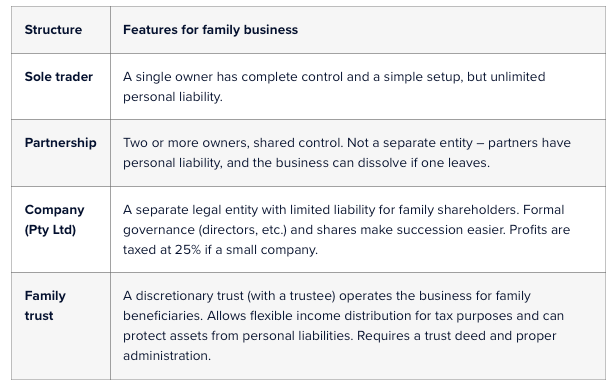COVID-19 JobKeeper Payment
Ian Campbell • 5 April 2020
$130 billion JobKeeper payment to keep Australians in a job
On 30.3.2020, it was announced The Federal Government will provide a historic wage subsidy to around 6 million workers who will receive a flat payment of $1,500 per fortnight through their employer, before tax.
The $130 billion JobKeeper payment is aimed to keep Australians in jobs as employers tackle the significant economic impact from the coronavirus.
The payment will be open to eligible businesses that receive a significant financial hit caused by the coronavirus.
The payment will provide the equivalent of around 70 per cent of the national median wage.
For workers in the accommodation, hospitality and retail sectors it will equate to a full median replacement wage.
The payment will ensure eligible employers and employees stay connected while some businesses move into hibernation.
This JobKeeper payment will bring the Government’s total economic support for the economy to $320 billion or 16.4 per cent of GDP.
JobKeeper Payment
The JobKeeper Payment is a subsidy to businesses, which will keep more Australians in jobs through the course of the coronavirus outbreak.
The payment will be paid to employers, for up to six months, for each eligible employee that was on their books on 1 March 2020 and is retained or continues to be engaged by that employer.
Where a business has stood down employees since 1 March, the payment will help them maintain connection with their employees.
Employers will receive a payment of $1,500 per fortnight per eligible employee. Every eligible employee must receive at least $1,500 per fortnight from this business, before tax.
The program commenced on 30 March 2020, with the first payments to be received by eligible businesses in the first week of May as monthly arrears from the Australian Taxation Office. Eligible businesses can begin distributing the JobKeeper payment immediately and will be reimbursed from the first week of May.
The Government will provide updates on further business cashflow support in coming days.
Eligible employers will be those with annual turnover of less than $1 billion who self-assess that have a reduction in revenue of 30 per cent or more, since 1 March 2020 over a minimum one-month period.
Employers with an annual turnover of $1 billion or more would be required to demonstrate a reduction in revenue of 50 per cent or more to be eligible. Businesses subject to the Major Bank Levy will not be eligible.
Eligible employers include businesses structured through companies, partnerships, trusts and sole traders. Not for profit entities, including charities, will also be eligible.
Full time and part time employees, including stood down employees, would be eligible to receive the JobKeeper Payment. Where a casual employee has been with their employer for at least the previous 12 months they will also be eligible for the Payment. An employee will only be eligible to receive this payment from one employer.
Eligible employees include Australian residents, New Zealand citizens in Australia who hold a subclass 444 special category visa, and migrants who are eligible for JobSeeker Payment or Youth Allowance (Other).
Self-employed individuals are also eligible to receive the JobKeeper Payment.
Eligible businesses can apply for the payment online and are able to register their interest via ato.gov.au
Income support partner pay income test
Over the next six months the Government is temporarily expanding access to income support payments and establishing a Coronavirus Supplement of $550 per fortnight.
JobSeeker Payment is subject to a partner income test, and from 30.3.2020 the Government is temporarily relaxing the partner income test to ensure that an eligible person can receive the JobSeeker Payment, and associated Coronavirus Supplement, providing their partner earns less than $3,068 per fortnight, around $79,762 per annum.
The personal income test for individuals on JobSeeker Payment will still apply.
Downloadable Resource

